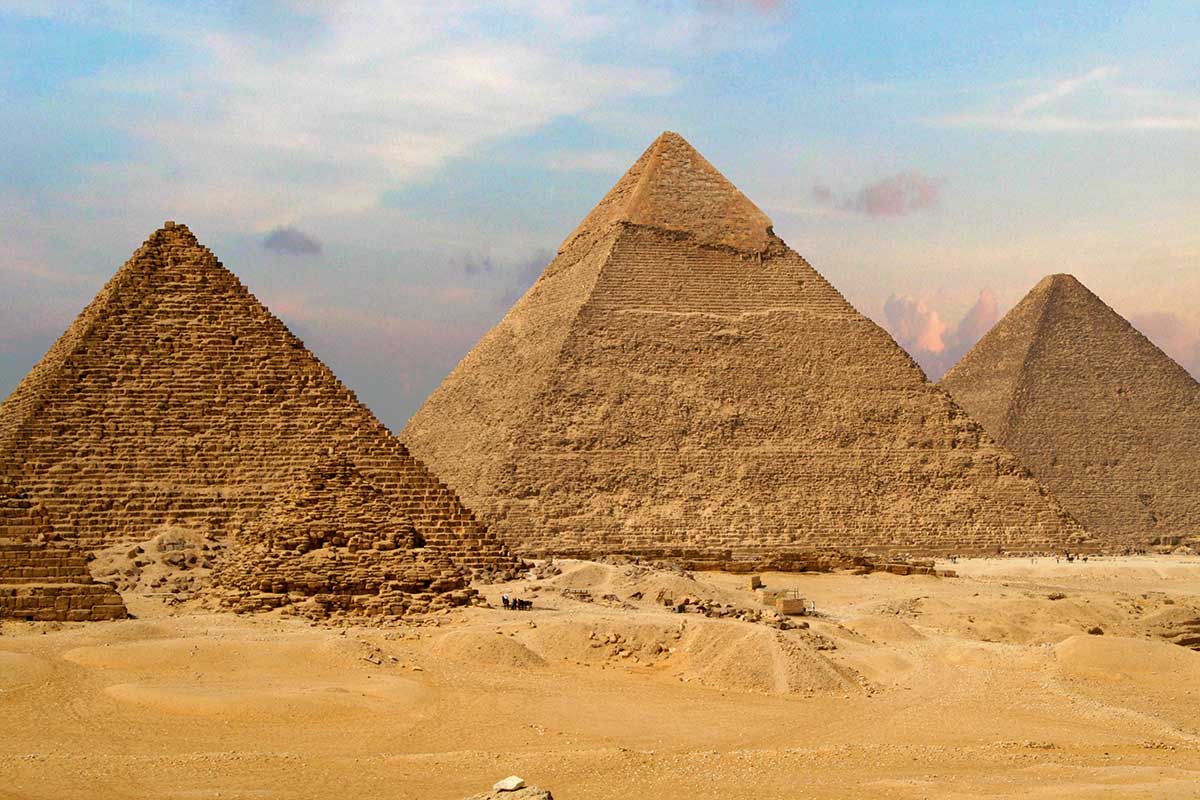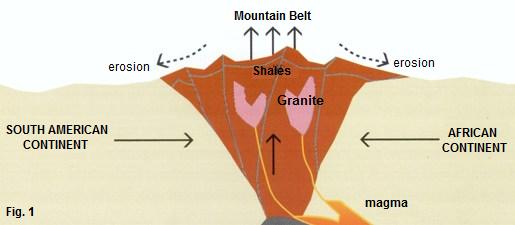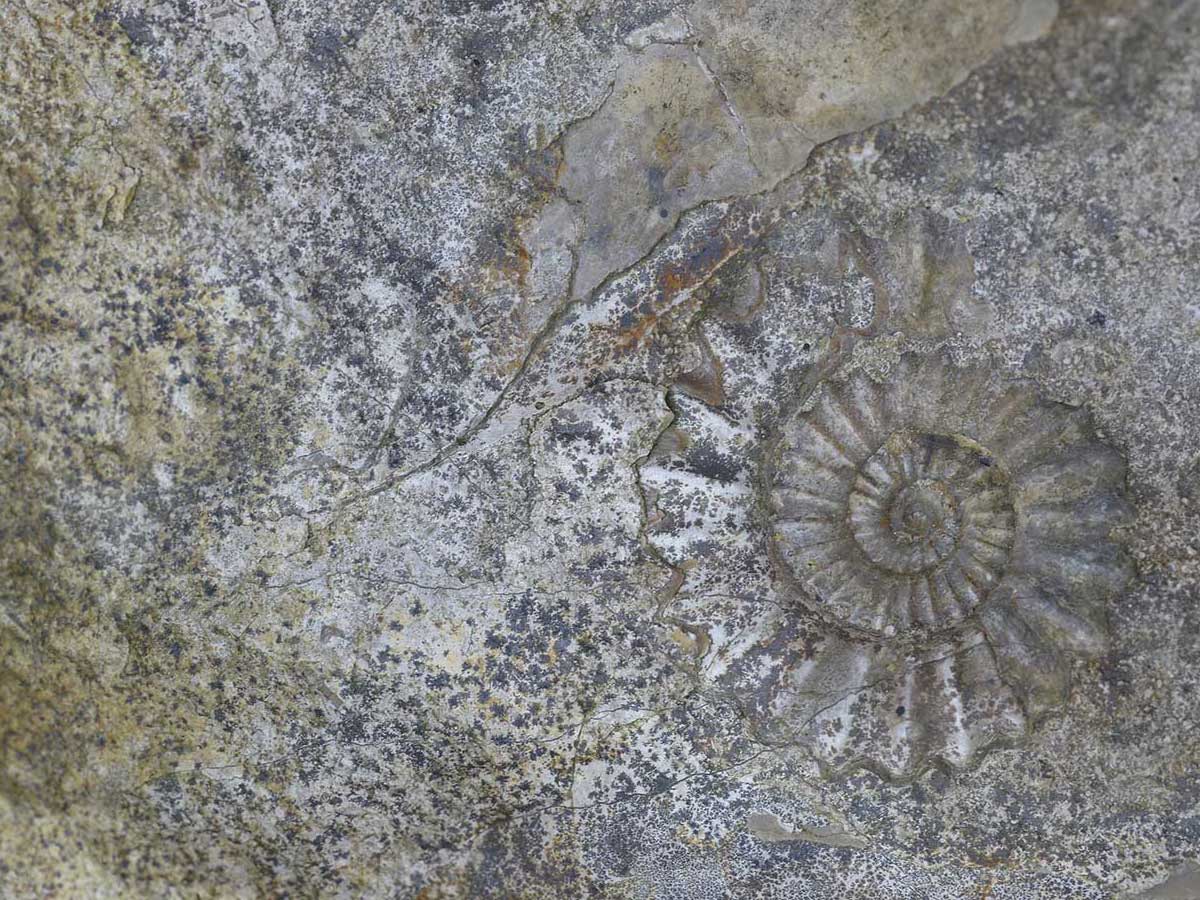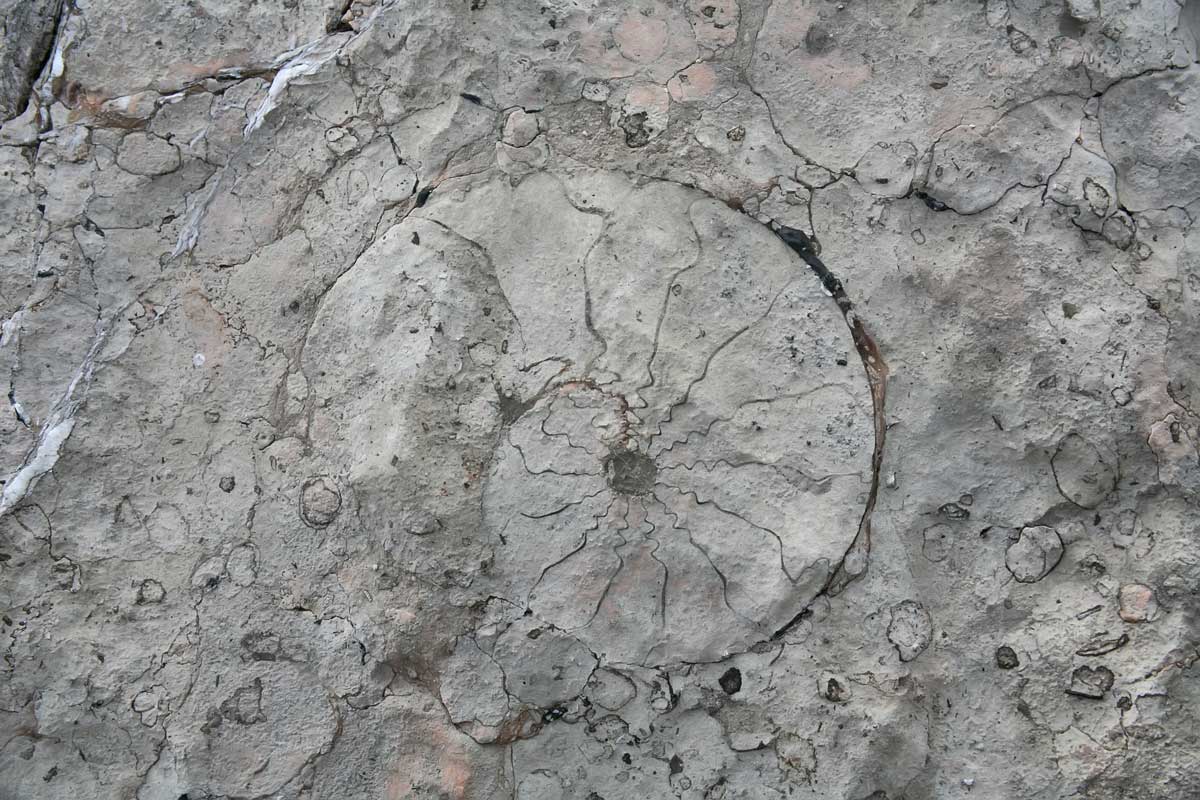
Geology Article
Wonder Material
Here’s some food for thought, how many of the Seven Wonders of the Ancient World were made with natural stone? The answer is – All of them.
Limestone was the essential building material for the Great Pyramid of Giza and when built, polished limestone encased the entire structure. Granite and limestone were incorporated into the Hanging Gardens of Babylon. The Statue of Zeus at Olympia, the Temple of Artemis, the Mausoleum of Maussollos and the feet of the Colossus at Rhodes were all constructed of marble. The Pharos Lighthouse of Alexandria’s base tier rested on blocks of red granite.
It is really no wonder that such remarkable materials have been utilized for construction and decorative purposes for such a long period of time. However, man’s use of natural stones is microscopic when compared to the amount of time and energy that Mother Nature has put into these wondrous resources.

Igneous Rocks
There are three types of natural rock formations. The first we will discuss is igneous. The most commercially utilized igneous rock today is granite.
Granite was formed hundreds of millions of years ago from scorching magma buried deep within the earth’s crust. The magma was a molten mixture of elements and gas. The gas, trying to rise like a helium balloon, thrusts the blistering liquid upwards. Sometimes the magma makes it to the surface where it erupts from volcanoes and underwater fissures.
Other times the magma is blocked and trapped on its way up. Stuck, the hot liquid starts to cool and solidify. Over hundreds of thousands of years, the combination of heat, pressure, and cooling crystallized the elements into minerals.

The element and mineral composition that make up the granite also determines what color it will be. Granites that cool more slowly are usually lighter and more granular than granites cooled quickly. These appear darker and more uniform in color.
So how does granite’s journey, which began miles within the earth, arrive to the surface? Geologists actually have a several theories, but they can be summarized by saying that forces within the earth thrust the granite up to its unburied position.
A prime example is Yosemite National Park’s Half Dome pictured at the top of the page. Half Dome is a giant chunk of granite that was vertically propelled from deep below the earth’s crust.
As a result of all of Mother Nature’s work, granite is extremely dense. This density is what makes granite so heavy; granite weighs in at about 166.5 lbs per cubic foot with the darker denser colored granites heavier than lighter granites. Concrete weighs about 150 pounds per cubic foot. Humans average 62 pounds per cubic foot.
This means a medium colored granite countertop, measuring 2×6 feet with a standard 1 1/4 inch thickness, weighs a whopping 216 pounds. A piece of red oak the same size would weigh about 80 pounds. A good rule of thumb to calculate countertop weight (for tops 1 ¼” thick) is to multiply the square foot area (length x width) by 18 lbs. This will give you an approximation of the actual weight.
Granite’s immense density is also what makes it so durable and why it has been used for thousands of years by humans. Granite is not indestructible though, with the right tools you can do some pretty good damage to the ancient rock. Under proper care, granite is extremely resistant to the daily abuse it receives in traditional human applications. For this reason, it is the most popular natural stone used for kitchen counters.

The intense formation process also gives granite its physical appearance. Mica, quartz, and feldspar are the main minerals that form when the buried magma cools. These minerals can be visually identified in granite’s final, solid state.
- Feldspar makes up at least 50% of the rock; it gives granite its background color.
- Quartz makes up between 25-40% of granite; it is usually, but not always, of medium darkness and has a foggy transparency to it.
- Mica is usually opaque and dark (but can be opaque and light) and accounts for up to 10% of granite.
A side note about igneous rock classification. Some of the darkest igneous stones (that are called black granites in the trade) are not technically granites at all.
Professional geologists would officially classify these black granites as basalts. Basalts are formed from magma, but cool much quicker on the earth’s surface rather then deep underground where granites cool.
For commercial purposes, the term ‘granite’ refers to any igneous stone that has a high level of resistance to scratching and abrasion. As with granite, basalts are mainly composed of feldspar. However, visually identifying the other minerals present is more challenging as most basalt has a very fine mineral grain.
Basalt is just as dense and durable as granite. So, don’t worry if you call basalt granite, unless of course you’re talking to a professional geologist.
Sedimentary Rocks
Sedimentary rocks, unlike the igneous rock granite, form on both the earth’s surface and underwater. Essentially, they are comprised of layer upon layer of sediment (easy to remember, sediment = sedimentary) build up over time.
Sedimentary rock formation lacks the heat and pressure that created the igneous rock. Thus, it does not have the same density. Although sedimentary rocks do not possess all the rock-star glamour (no pun intended) that goes into the formation of granite, they are nonetheless very useful and appealing.
Limestone is an example of a sedimentary rock that is widely used in commercial and residential construction. That same piece of granite countertop we used as an example earlier, would weigh about 50 pounds less as limestone.
This lower density means that under certain conditions, limestone has a different durability. Cladding the interior and exterior of buildings, paving walkways, and landscaping are all traditional uses of limestone.
Unlike granite, the use of limestone as a residential kitchen countertop is not a conventional application. Limestone would endure very well and would not crumble or deteriorate. However, because it is not as dense as granite, it would be more likely to absorb liquids, stain easier, and more than likely scratch in a kitchen application.
One curious side note about limestone is that it can often contain vivid outlines of shells and other life that came to rest in the sediment during its formation – just another bonus Mother Nature adds to stone!


Metamorphic Rock
The last of the three main types of rock we will discuss is the metamorphic classification. Metamorphic rock is the result of a transformation of existing rock types through heat and pressure. This heat and pressure cause a metamorphism (hence the name metamorphic) that modifies the composition of the existing rock. Although the process is similar to the creation of granite, the heat and pressure applied are done after the initial formation of granite, limestone or other metaphoric rocks.
Marble is the most popularly used metamorphic rock. It was formed when either limestone or dolomite, both sedimentary rocks, went through the metamorphism. Although marble has similar characteristics to granite, its metamorphic origin gives it a different appearance and density. Marble generally has a wavy more creative appearance, where granite has a more granular look.

Marble has a lower density and hardness than granite, so this metamorphic rock is not widely used in residential kitchens for the same reason that limestone is not. Granite, being a much denser stone, is the better choice for kitchens and high traffic areas. Common marble applications are fireplace surrounds, bathroom vanities, residential bar tops and for decorative tops on pieces of furniture.
The coloring of marble can be as varied as granite. If only calcite (basically pure limestone) is present during the metamorphosis, the marble will be predominately white. If other minerals are present, the marble will pick up some shading or coloring. Different minerals can drastically change the appearance of marble. If the mineral Hematite is present, it will cause the marble to have a red hue. Similarly, limonite causes a yellow coloring, black hues come from graphite and serpentine will make the marble green. The swirls and veining found in marble originate from other substances that are present during the formation. They include sand, clay, silt, or iron oxides.
A piece of marble the same size as our original granite example (2×6 feet by 1 1/4 inch) would weigh 200 pounds, 15 pounds less than the granite, but 35 pounds heavier than the limestone.
It should be noted that the majority of granite fabricated for in home use comes in 1 1/4 inch (3 centimeter) slabs. The majority of marble fabricated for in home use comes in 3/4 inch (1.875 centimeters). Therefore, a piece of marble being carried into a home, two feet by six feet, is more likely to weigh about 125 pounds. A good rule of thumb for computing the weight of marble is that marble weighs about 10 pounds per square foot.
Making Your Selection
Buyer’s Caveat
Mother Nature has formed the igneous, sedimentary and metamorphic rocks each with their own unique style. These rock groups have different physical properties and attributes that make them not only useful for a variety of situations, but in their appearance as well. No two rocks are exactly the same. Every piece of stone is distinct in its own special way. Granite and limestone tend to be more uniform than marble, however all pieces of stone still have unique graining, veining, and coloring patterns. For this reason, anyone with plans to purchase natural stone should personally inspect the material they intend to purchase. If they are not comfortable with their material’s natural patterns, markings or coloration, they should be directed toward a more uniform type of stone or a different material altogether.
Simple as Stone?
Rock and stone seem simple at first glance. We see and interact with natural stone products all day long. Whether they are igneous, sedimentary or metamorphic, when examined closer we uncover a natural resource formed by complex geochemical processes. Our study here has just begun to scratch the surface and we have only touched on some of their applications. With just this simple understanding, it is not hard to see why we have used this wondrous product for so many years-and why we will continue to employ it in our homes, buildings, and monuments for many years to come.

